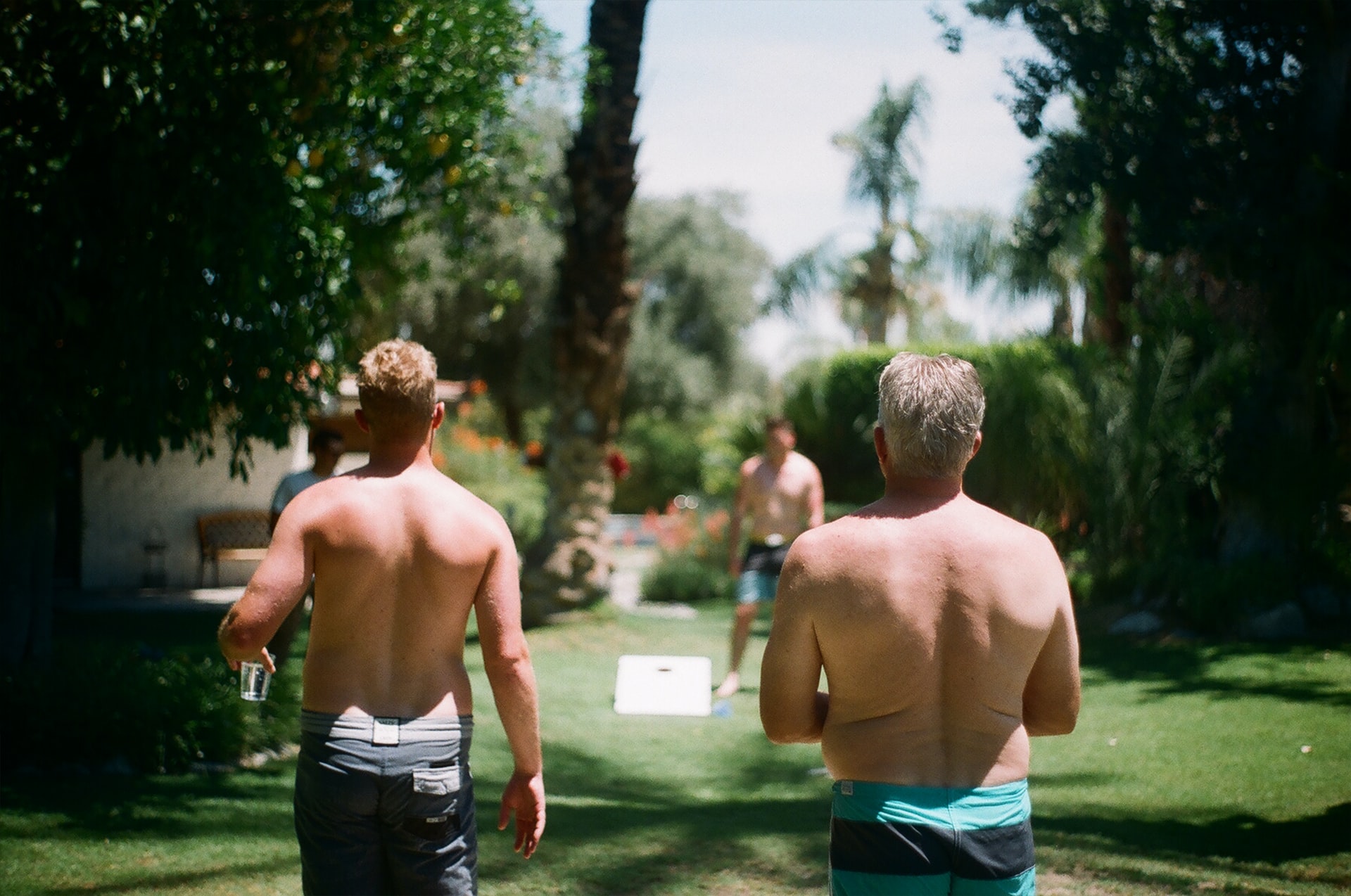
After the catastrophe that was 2020 (mostly), we really believe that this summer had better be the best ever. Restrictions in the UK are easing. The weather is warming up nicely (sometimes), and we’ve invested in a shiny new barbecue…
Ahem. Well, some of us have.
Still, it’s true that the idea of warmer weather is appealing. But after a year of staying indoors and hiding out in joggers and a messy bun, our bodies are almost as ill-equipped as our minds for the freedom that’s just around the corner.
Switching to summer clothing and baring our skin to the world to get that coveted tan can be daunting. Even at the best of times. But for those that struggle with back acne (sometimes referred to as backne), the idea can sometimes be beyond contemplation.
What causes back acne?
Did you know that over 50% of people with acne also suffer from back acne? No? Well, we did.
What we can learn from that is that the causes are actually fairly similar. Back acne results from dead skin cells and oil (sebum) that block our hair follicles. This then causes comedones (blackheads and whiteheads), and in combination with inflammation and irritation from bacteria, results in back acne.
As with regular acne, back acne can have a genetic element. And it can be linked to a number of other factors, including imbalances in our hormones, or excessive sweat and friction from exercise. In fact, some medications can even contribute to it.

Can I prevent back acne from showing up?
Yes and no. But not really. The truth is, if you’re prone to back acne, preventing it can be a challenge.
However, as with acne on the face, there are things we can do to discourage it. Since it’s often linked to oily skin and a build-up of old, dead skin cells, exfoliating can help. Harsh products should be avoided, but adding a body wash with lactic or salicylic acid to your routine can help to unblock your pores.
Moisturise
If you usually moisturise your back, then make sure you’re using the right kind of moisturiser. In fact, if you’re not moisturising, give it a go. A non-comedogenic moisturiser will help keep your pores from getting blocked once they’re nice and exfoliated. The same goes for sunscreen, while we’re at it.
Exercising
If you’re a bit of a gym nut and you like to exercise, make sure you shower immediately afterwards. This will prevent old sweat and dirt from sitting on your skin and blocking your pores. It also helps to wear loose-fitting clothing.
Diet
Choosing your diet carefully can make a big difference to your back acne. Foods like white bread, white pasta, rice and white potatoes have all been shown to make acne worse.
Instead, try to eat a healthy, balanced diet with plenty of whole grains, fruit, vegetables and lean proteins.
Haircare
For those with longer hair, keeping your hair up and away from your back acne can make a significant difference.
It doesn’t matter if you wash your hair regularly, the chemicals in shampoos, conditioners and styling products are designed for hair, not for skin. Don’t let them run down your back when you’re in the shower; and keep your hair from touching your skin once you’re out and about.
Restraint
It’s important not to pick at or squeeze spots, blackheads or whiteheads on your back, as like facial acne, this could lead to scarring. There are some topical treatments and retinoids that can help keep your back acne in check, but you’ll need to see a dermatologist for a prescription.

Treating Backne
There’s no miracle formula for back acne, as there’s no miracle formula for acne. It’s a long road to clear skin, but there are treatments you can get started with. If you’re lucky, you might see some decent results before the height of summer hits!
At home, you can use antibacterial body washes and washes containing the aforementioned salicylic and lactic acids. These can be easily bought over the counter, as can benzoyl peroxide, which has been found to be effective.
Back acne can often be more stubborn than facial acne, though. Which means that often, at home treatments aren’t going to get you the results you want.
Your next step is visiting a dermatologist, who can provide a wide range of treatment options that are stronger and more controlled than anything you can pop into Boots for. A dermatologist can offer stronger forms of benzoyl peroxide and retinoids, which can make a real difference. They may also prescribe you antibiotics for particularly bad flare-ups, and in some cases, the oral contraceptive pill.
It might sound strange, but since stress is linked to acne flare-ups, it’s also worth working on keeping your cool. Try a guided meditation once a day to reduce stress levels, and this could have a positive effect.
The Long & Short Of It
Back acne, much like acne, is treatable. It might seem scary, and you might feel embarrassed to expose your back in summer clothes (or at all), but it’s often more treatable at home than you might think.
The important thing is to get a handle on it as soon as you can. Take care to follow preventative measures. And if you’re not seeing any changes, visit a doctor or dermatologist as soon as you can.